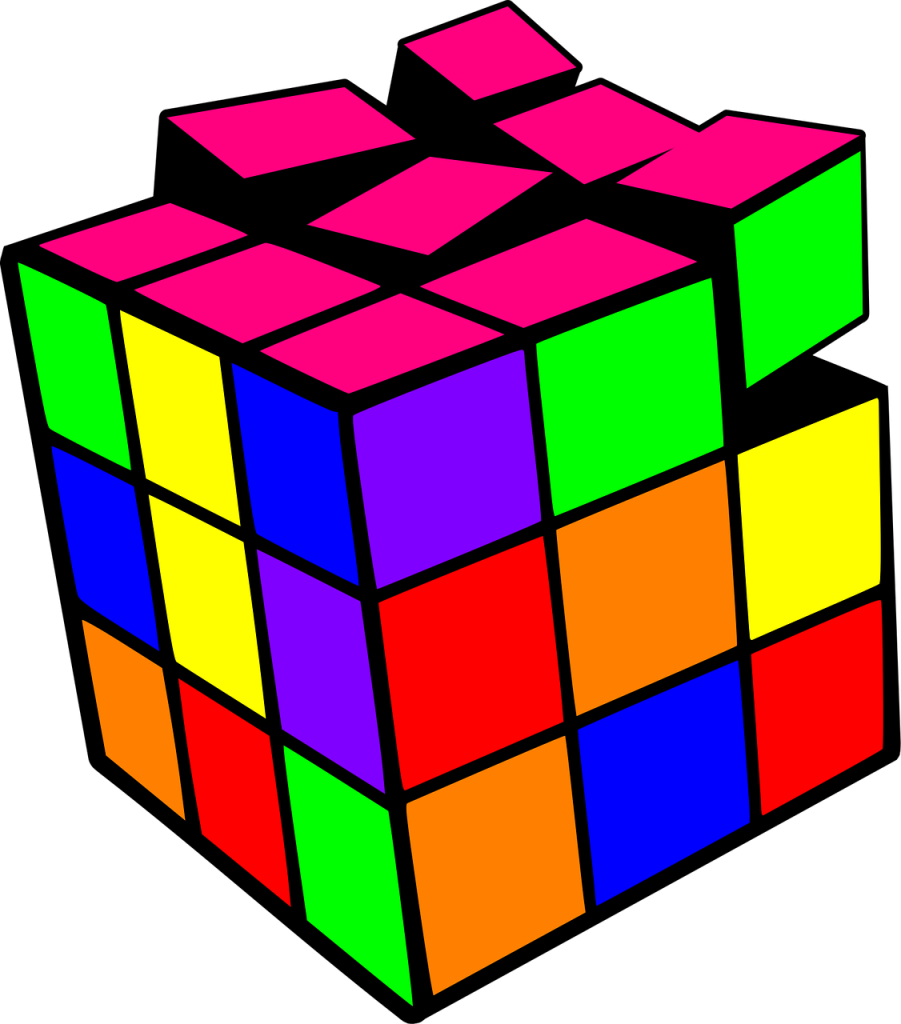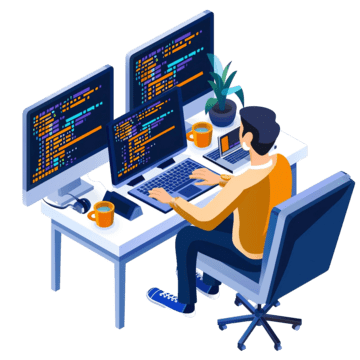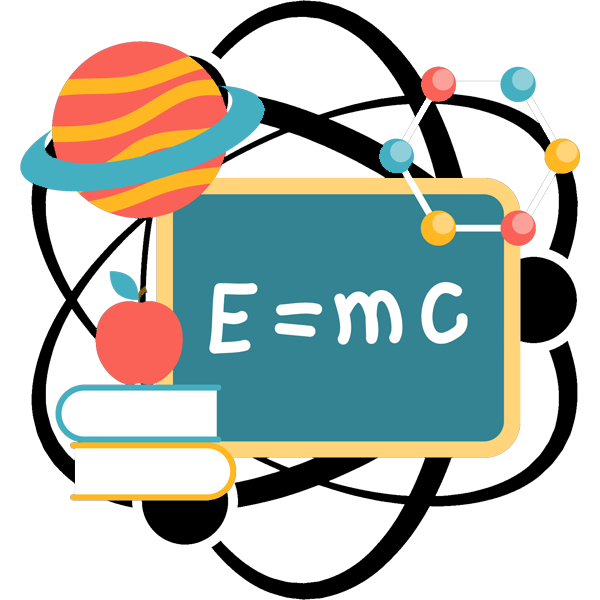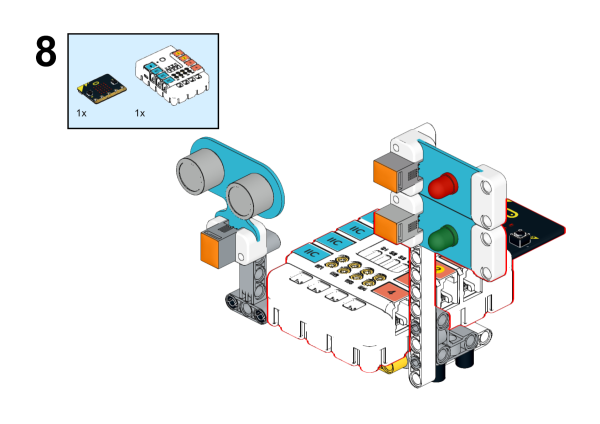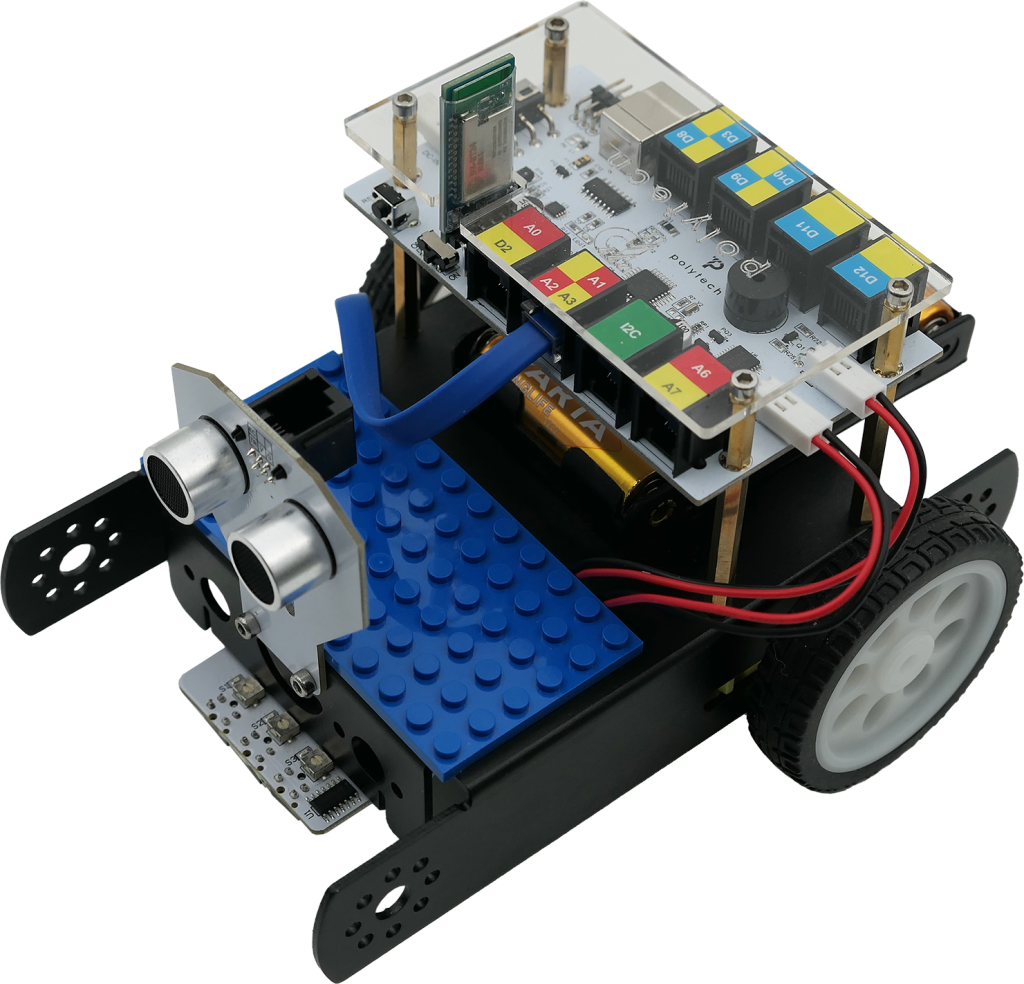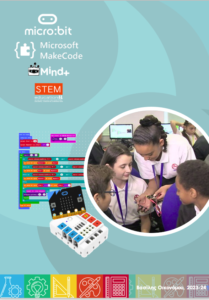About Course
Teaching Kinematics with Educational Robotics provides a tangible and interactive way for students to explore abstract concepts of motion such as velocity and acceleration through hands-on experimentation. By programming and controlling robots, students will directly observe and manipulate variables affecting motion. They will collect data and analyze results, fostering a deeper understanding of kinematics principles. This Kinematics program promotes interdisciplinary learning, integrating concepts from physics, mathematics, engineering, and computer science. Also integrating BBC micro:bit into kinematics teaching, promotes computational thinking and problem-solving skills enhancing social and cognitive development.
Please refer to the attached file for the Educator’s Guidelines
Course Content
Activity 01 – Displacement, Range & Time Period
-
Educational Objectives
00:00 -
Teacher’s Guidelines
00:00 -
Lesson Presentation
00:00 -
Lesson Worksheet
00:00
Activity 02 – Displacenent, Range and Time Period
Activity 03 – x-t graphing in Uniform Linear Motion
Activity 04 – Studying Speed in Kinematics
Activity 05 – Motion with Variable Speed
Lesson 06 – Periodic Motion and its Quantities
Lesson 07 – Studying Oscillations
Lesson 08 – Motion in Two Dimensions
Lesson 09 – Uniform Circular Motion
Student Ratings & Reviews



